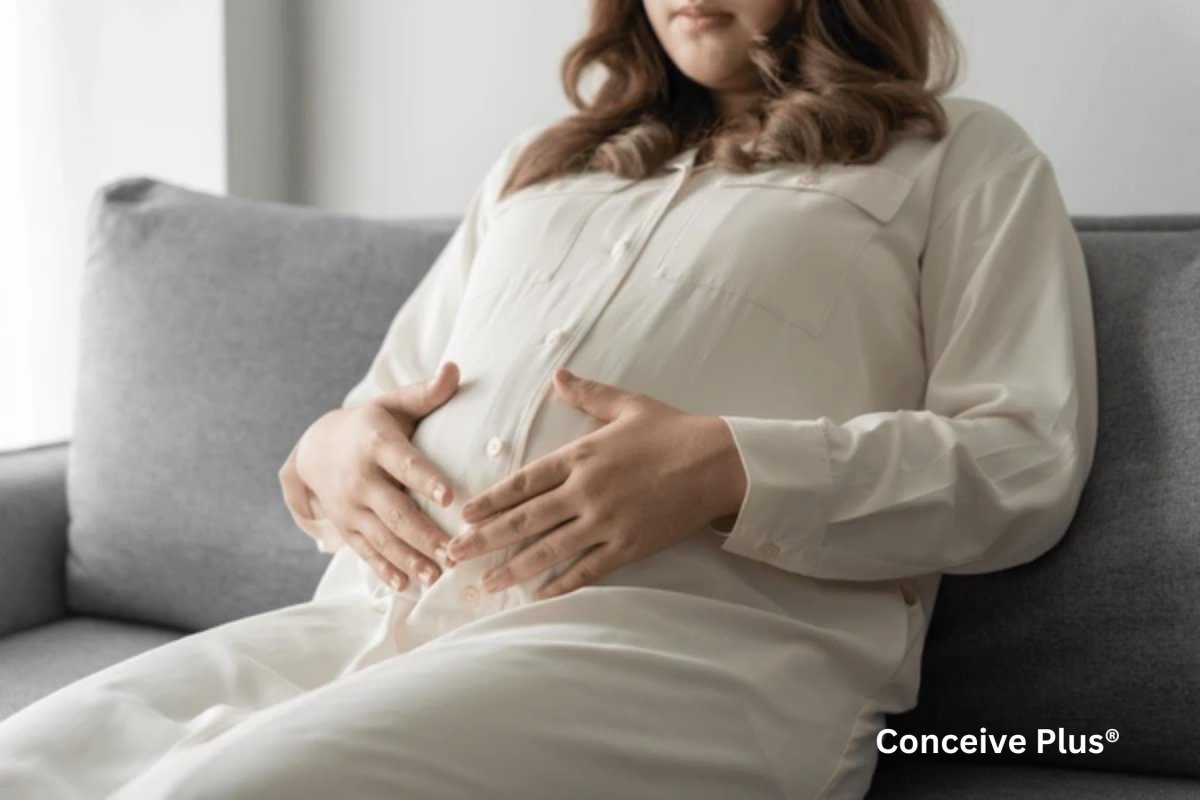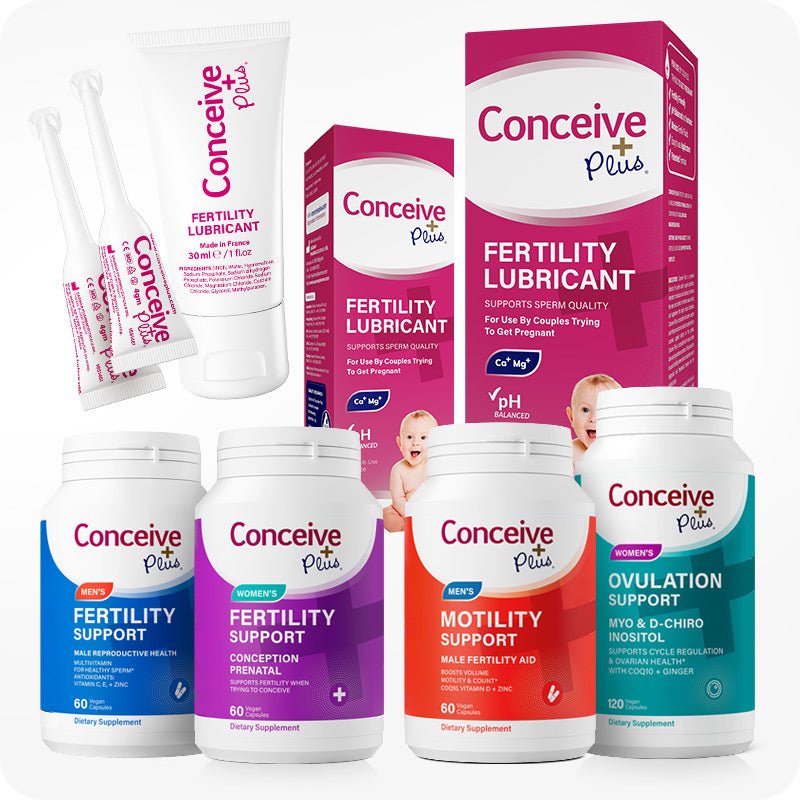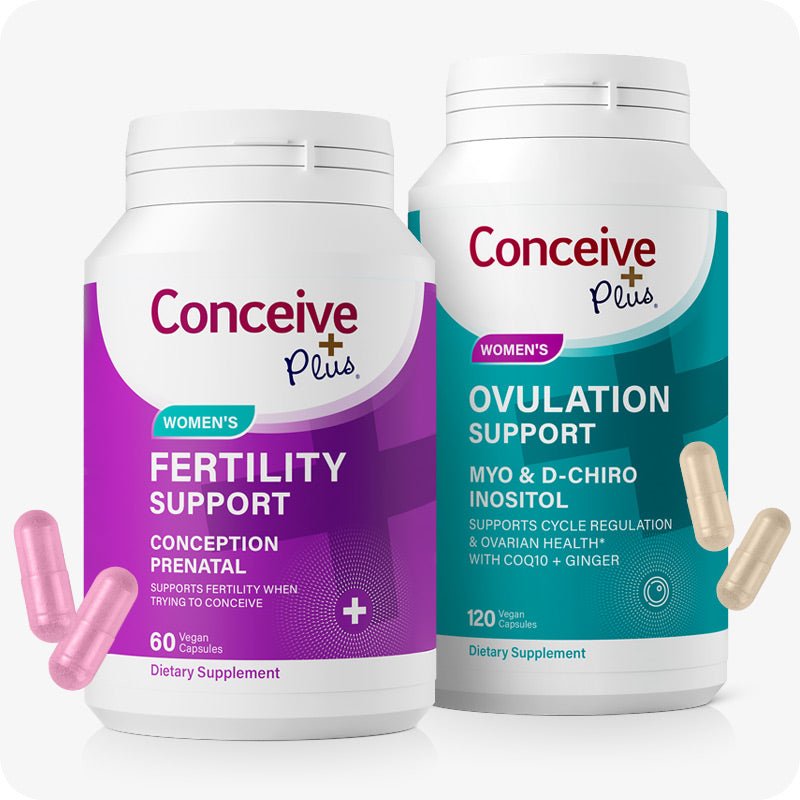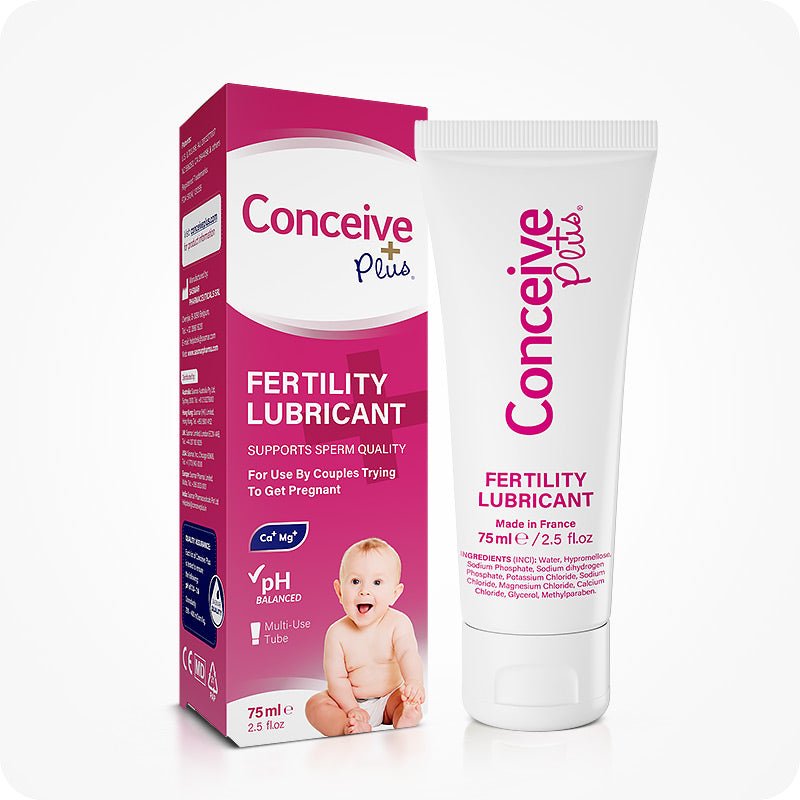Understanding Spotting After Positive Pregnancy Test and Bleeding Risks

Getting a positive pregnancy test and bleeding at the same time can make you feel a mix of emotions. It’s natural to feel both excited and worried. Spotting or light bleeding is pretty common in early pregnancy, but understanding what’s normal and what’s not can really help ease your mind. For those using contraception, recognizing early signs of pregnancy on birth control can be especially confusing. Let’s break it all down, step by step.
Why Spotting or Bleeding Happens in Early Pregnancy
Spotting or bleeding in early pregnancy can happen for many reasons. Sometimes, it’s completely harmless. Other times, it could be a sign of something more serious. It’s important to keep track of what’s going on and talk to your doctor if you’re concerned, as it could also be one of the hidden pregnancy signs.
Implantation Bleeding
One common reason for spotting after positive pregnancy test is implantation bleeding. This happens when the fertilized egg attaches to the uterine lining, which can disturb tiny blood vessels. The result? A little bit of light spotting. It’s usually pink or brown and doesn’t last long—maybe a day or two [1].
Tip: If you notice light spotting with mild cramping, it’s often nothing to worry about, but keeping your doctor in the loop is always a good idea.
Not All Bleeding Means the Same Thing
Bleeding doesn’t always mean implantation. There are other reasons too, and not all are harmless.
Hormonal changes early in pregnancy might cause spotting. The cervix also becomes more sensitive due to increased blood flow. This means even something like sex or a pelvic exam can cause light bleeding [2].
But sometimes, positive pregnancy test bleeding can be a red flag. A miscarriage might start with heavier bleeding, clots, and cramping. Another serious cause could be an ectopic pregnancy, where the fertilized egg implants outside the uterus. This is rare but needs urgent medical attention [3].
Tip: If you see blood, try to note the color, how much, and how long it lasts. These details can really help your doctor figure out what’s going on.
What Does Pregnancy Spotting Look Like?
Spotting in pregnancy isn’t the same for everyone. For some, it’s just a faint pink or brown stain. Others might see bright red blood, which can be more concerning [4]. If there are clots or it’s heavy, call your doctor right away.
Some Common Causes of Early Pregnancy Bleeding
Cervical polyps, which are harmless growths on the cervix, can cause bleeding. If you’ve had sex or a pelvic exam, you might notice some light spotting afterward because of this [5].
Infections, like UTIs or STIs, can also be to blame. They’re treatable, but it’s important to catch them early for your health and the baby’s.
Subchorionic hemorrhage is another possible reason. This happens when blood pools between the uterine wall and the placenta. It can cause spotting but usually resolves on its own [6].
Supporting Your Body for a Healthy Pregnancy
Certain vitamins and nutrients can make a big difference when it comes to fertility and a healthy pregnancy. Folic acid is crucial for preventing neural tube defects and helping cells grow. Vitamin D and magnesium are great for balancing hormones. Iron and zinc help keep your blood and cells healthy, which is super important for your growing baby. L-arginine can even boost blood flow to your reproductive organs.
Starting on prenatal vitamins early is one of the best things you can do to prepare your body for pregnancy [7].
When to See Your Doctor
Spotting can be normal, but there are times when you should call your doctor right away. If the bleeding is heavy, soaking through pads, or you have severe pain in your abdomen or shoulders, don’t wait. Also, dizziness, fainting, or a fever should always be checked out.
Your doctor might do an ultrasound or blood tests to figure out the cause and guide you on what to do next [8].
The Bottom Line
Seeing a positive pregnancy test and bleeding together can feel confusing and scary, but it’s not always bad news. Many women who experience spotting in early pregnancy go on to have healthy babies. The key is to pay attention to your symptoms, take care of yourself, and get medical advice when you need it. Preparing your body with the right nutrients and vitamins can also make a big difference for a healthy pregnancy [9].
FAQs
Is spotting after positive pregnancy test normal?
Yes, it can be normal. Things like implantation bleeding or a sensitive cervix might cause it, but it’s always best to check with your doctor.
How long does implantation bleeding last?
It usually lasts a few hours to two days and is very light.
What does early pregnancy spotting look like?
It’s often light pink or brown. Bright red spotting should be reported to your doctor.
Can stress cause spotting during pregnancy?
Stress doesn’t directly cause spotting, but it can throw off hormones, which might lead to light bleeding.
Should I stop working out if I see spotting?
Avoid heavy exercise if you notice spotting and talk to your doctor about what’s safe for you.
Citations
- Ananth, C. V., & Savitz, D. A. (1994). Vaginal bleeding and adverse reproductive outcomes: a meta-analysis. Paediatric and perinatal epidemiology. Available at: https://pubmed.ncbi.nlm.nih.gov/8153019/
- Coomarasamy, A., Devall, A. J., Cheed, V., Harb, H., Middleton, L. J., Gallos, I. D., Williams, H., Eapen, A. K., Roberts, T., Ogwulu, C. C., Goranitis, I., Daniels, J. P., Ahmed, A., Bender-Atik, R., Bhatia, K., Bottomley, C., Brewin, J., Choudhary, M., Crosfill, F., Deb, S., … Jurkovic, D. (2019). A Randomized Trial of Progesterone in Women with Bleeding in Early Pregnancy. The New England journal of medicine. Available at: https://pubmed.ncbi.nlm.nih.gov/31067371/
- Larraín, D., & Caradeux, J. (2024). β-Human Chorionic Gonadotropin Dynamics in Early Gestational Events: A Practical and Updated Reappraisal. Obstetrics and gynecology international. Available at: https://pmc.ncbi.nlm.nih.gov/articles/PMC10940029/
- Bennett, G. L., Bromley, B., Lieberman, E., & Benacerraf, B. R. (1996). Subchorionic hemorrhage in first-trimester pregnancies: prediction of pregnancy outcome with sonography. Radiology. Available at: https://pubmed.ncbi.nlm.nih.gov/8756935/
- Tanos, V., Berry, K. E., Seikkula, J., Abi Raad, E., Stavroulis, A., Sleiman, Z., Campo, R., & Gordts, S. (2017). The management of polyps in female reproductive organs. International journal of surgery (London, England). Available at: https://pubmed.ncbi.nlm.nih.gov/28483662/
- Scholl, T. O., & Johnson, W. G. (2000). Folic acid: influence on the outcome of pregnancy. The American journal of clinical nutrition. Available at: https://pubmed.ncbi.nlm.nih.gov/10799405/
- Thorne-Lyman, A., & Fawzi, W. W. (2012). Vitamin D during pregnancy and maternal, neonatal and infant health outcomes: a systematic review and meta-analysis. Paediatric and perinatal epidemiology. Available at: https://pubmed.ncbi.nlm.nih.gov/22742603/
- Eddleman, K. A., Malone, F. D., Sullivan, L., Dukes, K., Berkowitz, R. L., Kharbutli, Y., Porter, T. F., Luthy, D. A., Comstock, C. H., Saade, G. R., Klugman, S., Dugoff, L., Craigo, S. D., Timor-Tritsch, I. E., Carr, S. R., Wolfe, H. M., & D'Alton, M. E. (2006). Pregnancy loss rates after midtrimester amniocentesis. Obstetrics and gynecology. Available at: https://pubmed.ncbi.nlm.nih.gov/17077226/
- Rasmussen, K. M., Yaktine, A. L., & Institute of Medicine (US) and National Research Council (US) Committee to Reexamine IOM Pregnancy Weight Guidelines (Eds.). (2009). Weight Gain During Pregnancy: Reexamining the Guidelines. National Academies Press (US). Available at: https://pubmed.ncbi.nlm.nih.gov/20669500/













